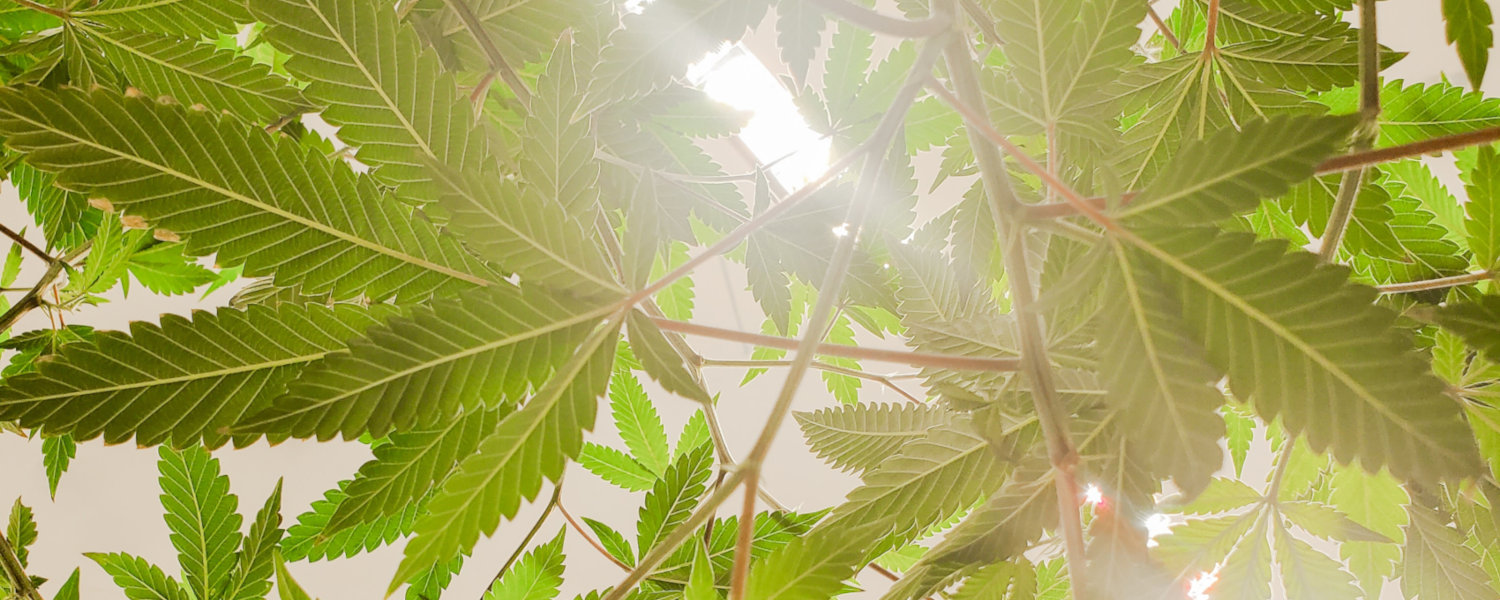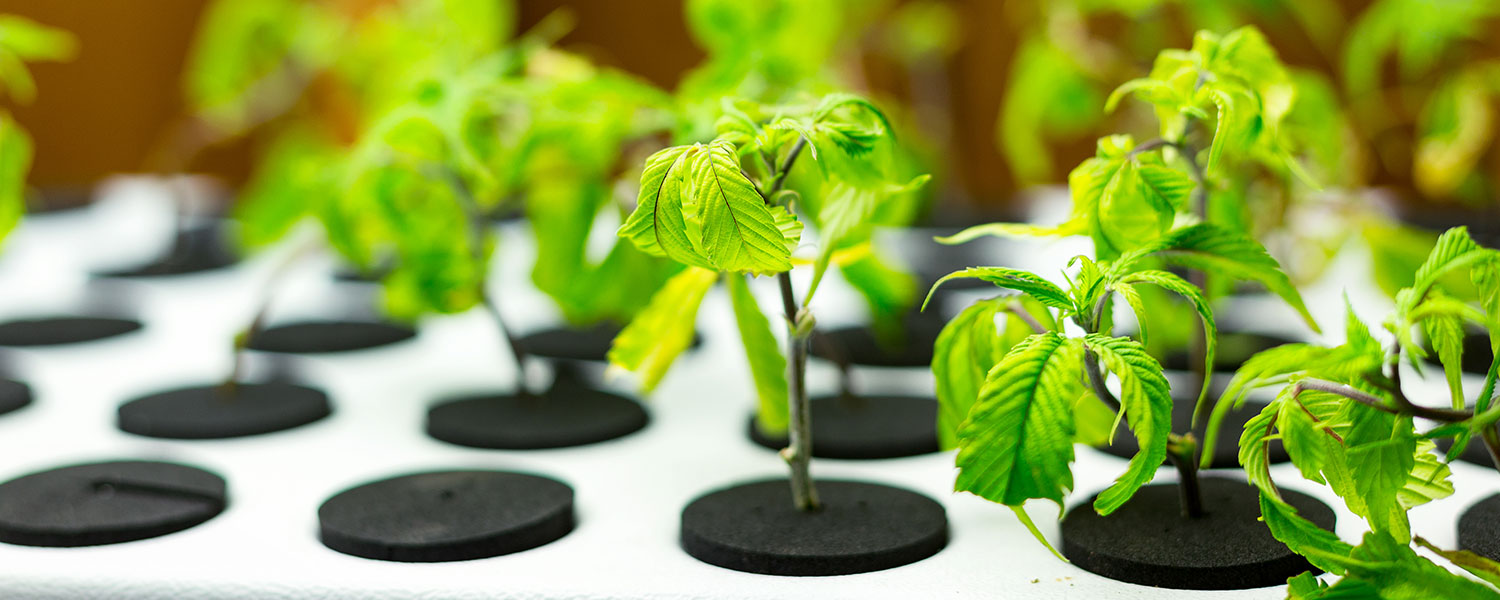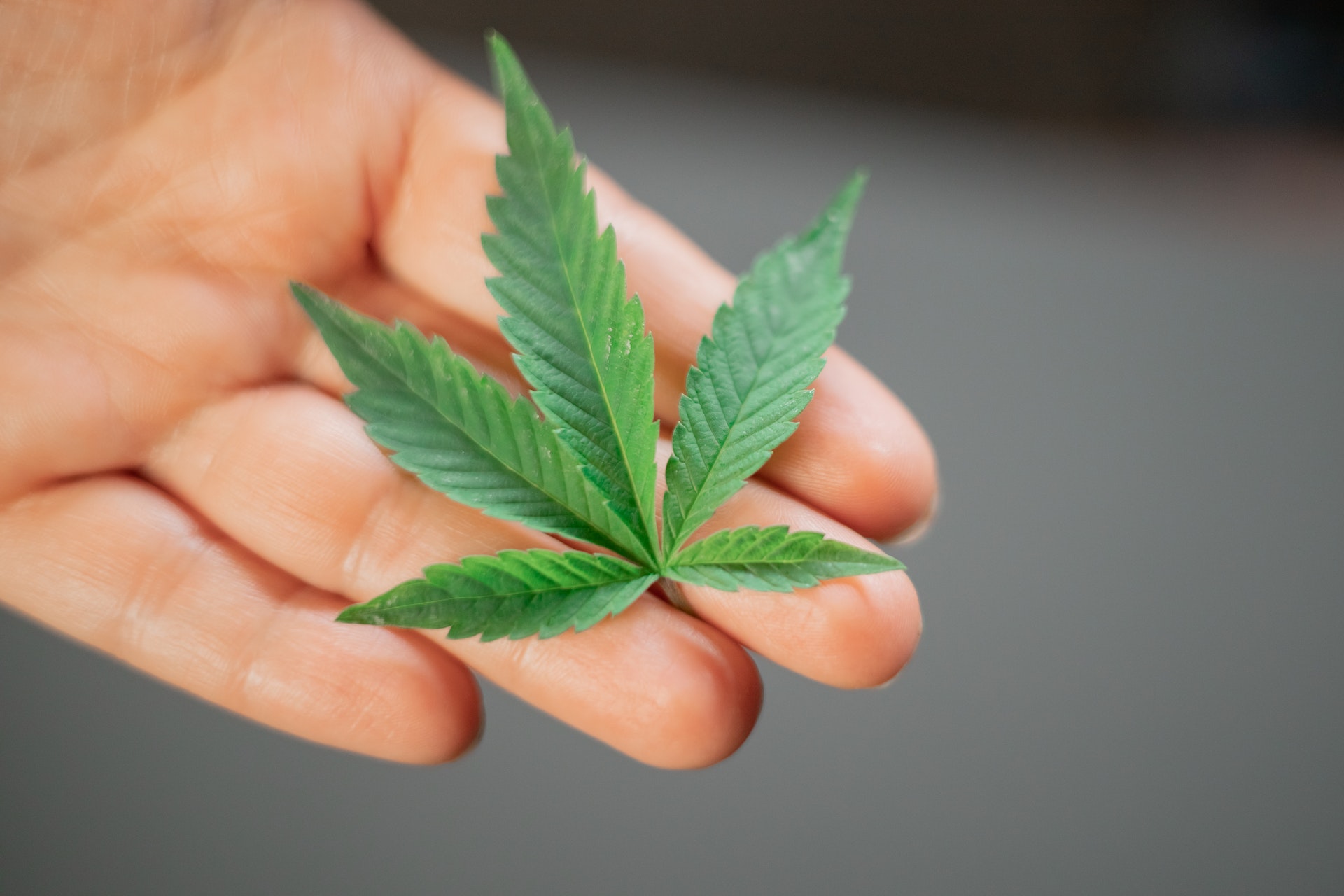In This Article
- What are Nodes on a Weed Plant?
- Why are Weed Nodes Important When Growing Cannabis?
- Identify the Plant's Sex
- Indicate the Plant’s Flowering Stage
- Guidance for Plant Cloning
- Identify Temperature Fluctuations
- What Are Internodes?
- How To Spot And Count Weed Nodes
- Cannabis Nodes FAQ
- Are nodes the same for indica and sativa?
- What is stretching?
- What is topping?
- How do I trim?
Plants of all kinds have nodes. These pointed bumps found on plant stems play a crucial role in a plant's life, as well as in creating additional plant life. And cannabis plants are no different.
Cannabis nodes play a vital role in the plant’s growth and reproduction, including budding. With a few simple tips, even inexperienced growers can leverage the power of nodes to raise strong plants and achieve impressive yields.
What are Nodes on a Weed Plant?
Cannabis nodes are bumps or points found on plant stems, connecting new stems or plant growth with older, existing parts of the stem. Some people have also described nodes as looking like knobs or scar-like marks on the stem.
Nodes are essential to promoting plant healing and supporting its overall structure and biological processes. Nodes also serve as an indicator of when the plant is entering its flowering stage.
With cannabis, nodes play several additional critical roles that professional and DIY growers should be aware of. They can highlight potential light or temperature issues and serve as a pruning guide for some. Cannabis cultivators clip plants above their nodes to help stimulate new growth while lessening the weight of plants.
Why are Weed Nodes Important When Growing Cannabis?
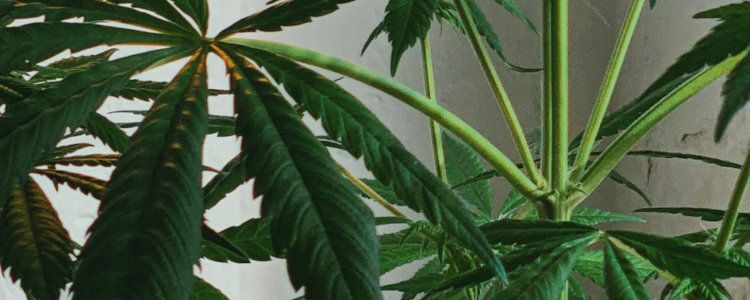
Nodes help growers identify and indicate several critical areas of plant growth, including:
Identify the Plant's Sex
Nodes to help identify the plant's sex. Female cannabis plants have white pistils or tiny hairs on their nodes. In time, these nodes will develop into larger buds if cultivated properly. On the other hand, male plants produce larger, lumpy nodes. These are otherwise known as pollen sacs. In most cases, you should be able to identify a male plant before a female, since they develop sooner.
Indicate the Plant’s Flowering Stage
Female plants use their nodes to indicate when they enter the flowering stage. The first couple to appear may not leave you feeling confident, as they often don't look much like the more prominent, robust buds we're used to seeing. No worries. Have some patience. These early "preflowers" will soon give way to the more common bud structure.
Guidance for Plant Cloning
Also known as asexual propagation, plant cloning takes existing plants and reproduces a genetically identical plant. Each cultivator follows their preferred methods and techniques, but in many cases, growers will clip plants above the third or fourth node developed on the stem. Some will choose to cut those from the upper parts of the plant, but many of the best clones are found on lower-hanging plant branches. Or, if you're unsure, look to clip the most mature branches for the best results.
Identify Temperature Fluctuations
In most cases, your nodes shouldn't have too much space between them. Excessive distance between nodes indicates that the plant's branches and stems aren't as strong as most cultivators like them to be. This occurrence is often attributed to drastic temperature changes throughout the day, particularly overnight. Indoor and hybrid growers can adjust their day and night light settings to avoid weak, snapping branches.
Before making any changes, consider your cultivar, as some sativas can be an exception to this rule, featuring longer distances between nodes.
What Are Internodes?
Internodes are the stem sections between plant nodes. These spaces are crucial in delivering essential elements to each plant node, including food, hormones, and water.
In most cases, a plant's internodes stretch several inches (though some plants have less space between them). With weed nodes, shorter space between the nodes is often considered a sign of strength. However, that isn't always the case.
Consider the cultivar before fretting over your internodes. In some cases, longer internodes are perfectly fine. A plant with longer internodes is more likely to be a tall, thin plant. Hence, why some sativas have longer internodes than usual.
You should be able to get a feel for your plant’s internodes after the seedling stage when the plant begins to mature. But the best indicators will start to arise during the vegetative stage.
How To Spot And Count Weed Nodes
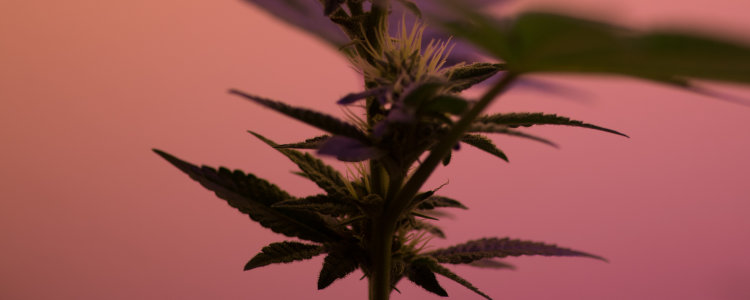
Plant nodes are found where buds, branching twigs, and leaves emanate from.
Sometimes, cannabis nodes can be difficult or impossible to spot, especially during winter. At other times of the year, they are more noticeable, even if no visible buds or leaves are present. Use your hands if you're having trouble viewing the nodes with your eye. Trace a finger over the plant stem and stop once you reach a pointed or bumped portion on the stem.
Spotting and counting nodes is relatively straightforward but comes with some debate among plant enthusiasts. Mostly, the issue centers around where a person should start counting. Some may start with the first leaves to come through the plant soil. These are known as the cotyledon leaves. However, growers more often suggest beginning with the first complete set of leaves produced.
This debate can be particularly important when dealing with newer plants. That’s because it's often suggested that you refrain from clipping your plants until they develop a fourth node (and some cultivators wait until the sixth node generates).
Cannabis Nodes FAQ
Are nodes the same for indica and sativa?
Some differences between indica and sativa nodes exist. Some sativa strains can produce plants with longer internodes than expected. Another crucial difference is how the plants grow. With sativas, buds typically grow along the entire branch length, often producing larger buds. With indicas, buds are less dense and develop around the plant's nodes.
What is stretching?
Think of it like a growth spurt. In this case, it's when a plant hits a rapid growth period caused by environmental issues, plant genetics, or additional factors like lighting. This often happens overnight, leaving growers stunned and sometimes frustrated in the morning. Keep a particular eye out during the early flowering stage for this to occur.
But, why panic? Isn't plant growth a good thing? Not always.
Rapid plant growth can be a sign that the plant has or will become weak and spindly. With cannabis, that means your plants may snap off the branch.
There are several tips to avoid stretching, including using superior plant genetics, shorter vegetative periods, increased lighting, balanced temperatures, and applying various cultivation techniques.
What is topping?
Topping is the process of trimming or clipping a plant's upper growth area. Pruning these top nodes helps promote new growth. Topping should help the plant produce a fuller bush and additional branches when done correctly. This process is crucial to successful cannabis cloning.
How do I trim?
Trimming helps remove plant buds and other elements, including branches and stems. You can employ wet trimming, where you prune marijuana while the plant is still wet immediately after harvest. The other process, dry trimming, takes place after the plant has been harvested and allowed to hang-dry for several days.
In either case, you'll need various tools, including scissors, pruners, and clean clothes you don't mind getting sticky.
Once ready, trimming usually goes as follows:
- Cut the plant down and remove its branches
- Clip off the fan leaves
- Cut off each bud (Commonly known as bucking)
- Break down large buds and trim all excess leaves and stems
The information in this article and any included images or charts are for educational purposes only. This information is neither a substitute for, nor does it replace, professional legal advice or medical advice, diagnosis, or treatment. If you have any concerns or questions about laws, regulations, or your health, you should always consult with an attorney, physician or other licensed professional.

